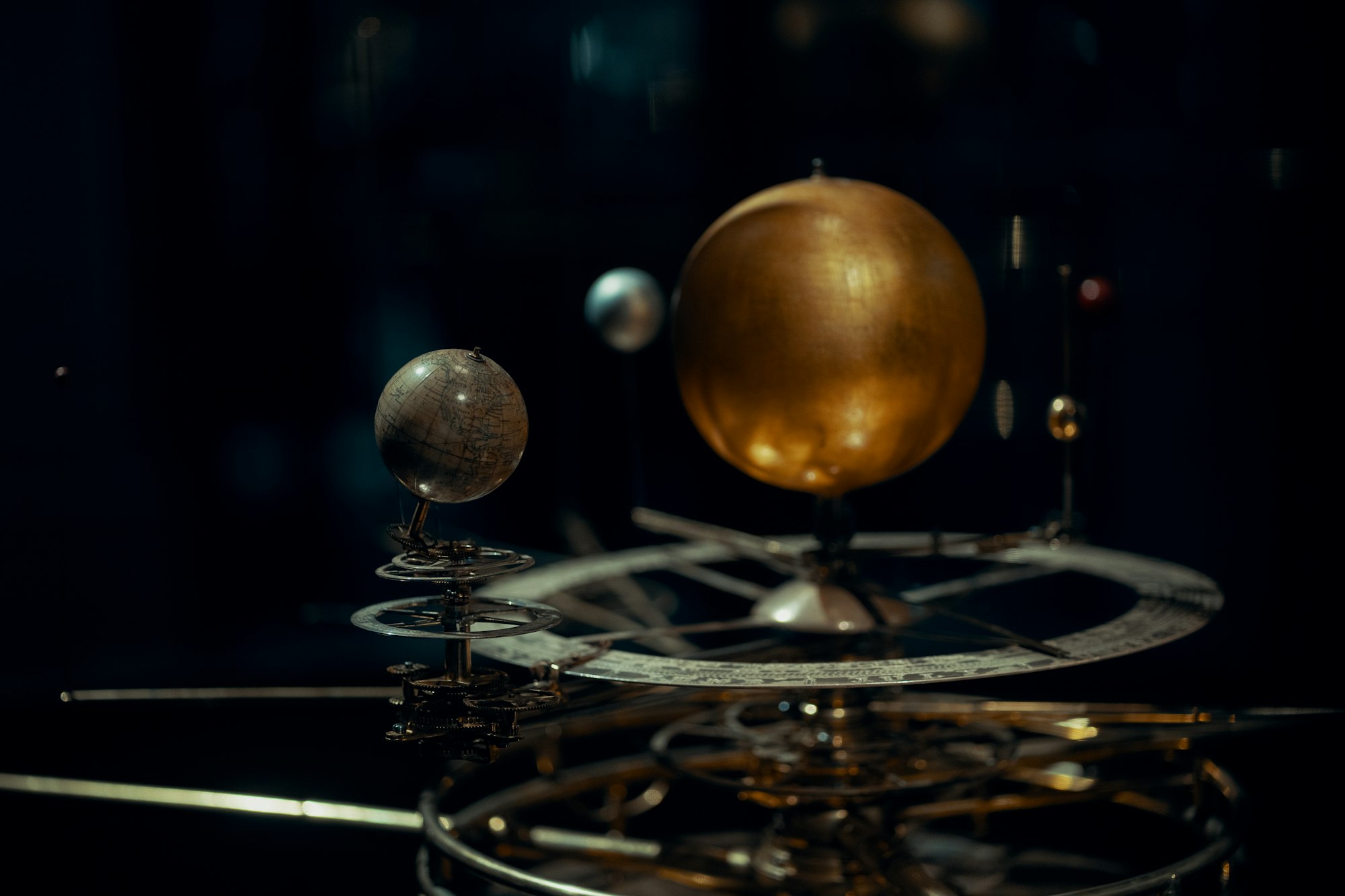Location, location, location!
In storytelling, the setting isn’t everything, but it’s a lot. If you’ve got a story with engaging, well-realized characters, but the mental image you get is little more than Lego Minifigs wandering around a three-year-old’s drawing, you’re probably going to put the story down without finishing it.
Science-fiction provides some interesting challenges, especially if you intend for the story to stay firmly grounded in the real world. For my upcoming novel Rogue Planet, the date and the time establish many things, but mostly things related to the setting, like the season and what the world looks and feels like.
To nail it down, an online orrery (like this one) helped me find an optimal Mars launch date (Jun/July 2048), and research on future propulsion techniques helped me figure out when they’d land (mid-August). I’m far from an expert in these things, so it’s all best guesses, and pushing and pulling dates as the story requires.
From there, an interactive sky map showed me where things (like Mars or the Moon) might appear in the night sky from given positions on Earth, informing not just the setting, but character action and dialogue as well.
All of it, along with other research, helps to paint a more fully developed picture, ground the characters in reality, and provide consistent touchpoints to keep the reader oriented in the story world.
When you’re reading, what are some of the things that draw you in? What types of things are sure to pull you out of the story?
I’d love to hear how you feel your favorite authors really nail the setting, or what aspects of their story worlds speak the most to you, so please leave a comment, send me an email, or respond to this post on Facebook!



0 Comments
Sign in or become a member to join the conversation.
Just enter your email below to get a log in link.